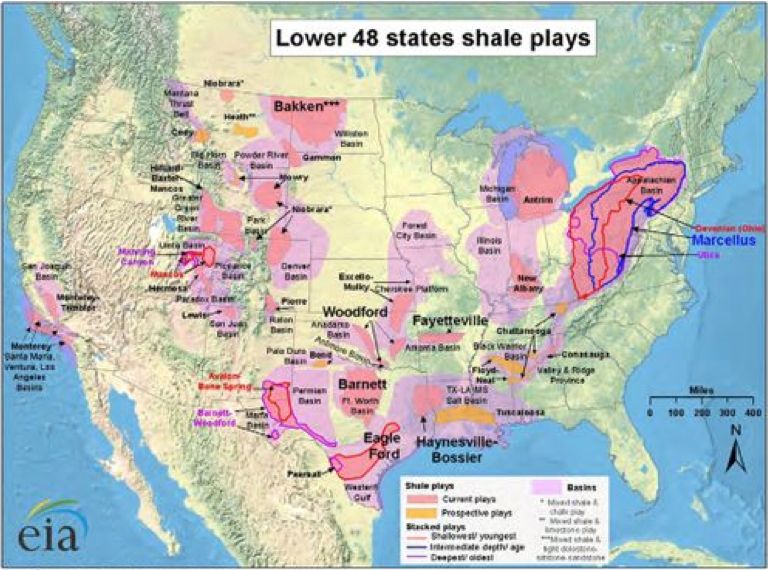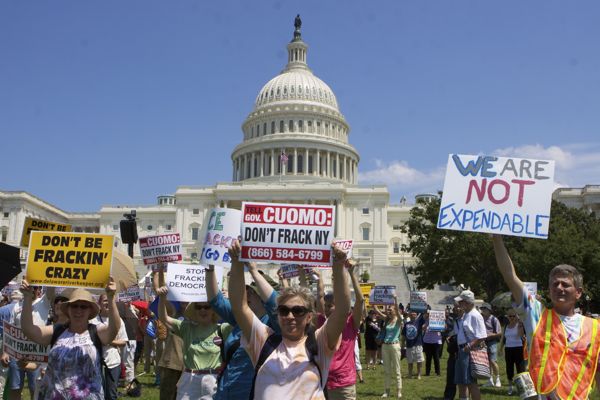The New Dr. Strangelove – New York Is Ground Zero in Fracking Debate
Industry Sees Major Risks From Citizen Activists
Battle In New York State Has Huge Ramifications
Sometimes the most revealing information is hidden in plain sight – disclosed by unhinged industry analysts who are so drunk by greed and power as to literally not understand what they are doing.
Just take a look at that map above and recognize the twisted ambition and vision of combined Wall Street and energy industry greed – The New Dr. Strangelove.
The map is from a bizarre exhibition of corporate greed – a strategic assessment titled Energy 2020 – North America, the New Middle East? – which was used to support the Romney Energy Plan.
It reveals the industry’s vulnerabilities and true fears.
Industry strategic analysts are arrogantly blunt in their assessment.
They see only one obstacle that can stop their demented plans to maximize profits at all costs by exploiting oil, gas, and coal reserves that would literally cook the planet: democracy and citizen activism:
Whether the increase in production results in the US reducing its imports or whether net exports grow doesn’t matter much to world balances. Either way, North America is becoming the new Middle East. The only thing that can stop this is politics — environmentalists getting the upper hand over supply in the U.S., for instance; or First Nations impeding pipeline expansion in Canada; or Mexican production continuing to trip over the Mexican Constitution, impeding foreign investment or technology transfers — in North America itself. […]
Whilst the story of North American ‘energy independence’ is one of incredible potential and possibility that could alter the geopolitical landscape from the Middle East to the Mid-Continent — public policy might well be the most critical factor in determining whether the current steep supply trajectory remains robust for many decades to come or if it fizzles out; trumping both technology and geology.
The myriad of policy implications relating to hydrocarbon production growth involve entrenched political trade-offs that have the potential to significantly slow if not halt the development of deepwater wellheads, tar sands, tight oil, and NGL supplies that could otherwise nearly double to almost 27-m b/d in the next decade. For example, Canada could see over 3-m b/d of growth impeded by the geopolitics of pipeline development, environmental policy and resource nationalism. The US faces these same obstacles in addition to perhaps even more deeply rooted environmental concerns and interstate politics. Mexico, too, could risk little flexibility on constitutional change, hence limiting output growth of Pemex shale and deepwater plays to perhaps 50% or even less of their potential.
The industry has no fear of the Obama Administration or any federal regulations.
Obama is viewed as a supporter and friend. Obama’s temporary halt to the Keystone XL pipeline is not viewed a a strategic threat, but a mere election year ploy.
EPA’s greenhouse gas emission and fracking regulatory initiatives are summarily dismissed:
Perhaps no other government agency has felt more political heat than the US Environmental Protection Agency (EPA), an organization the current opposition party simply labels a “jobs killer.” Additionally, while hardly the most powerful lobby in Washington, environmental concerns typically ensure their voices are heard when it comes to critical decisions (e.g. Keystone XL). But while there are a slew of actual policy initiatives related to reducing US GHG emissions (and the current White House does have a penchant for renewable sources) on the whole, these largely voluntary bullets don’t appear very restrictive for the oil and gas production side (rather, more immediate regulatory uncertainty concerns appear more impactful for power and utilities). Outside of the EPA, there are other agencies involved with carbon capture and tax incentive policies to reduce GHGs but these, too, seem benevolent although the emissions rule (discussed in the Natural Gas section) is likely the biggest factor in seeing if the demand side will pull supply. Additionally (and more relevant specific to production), the White House has supported several meaningful policies just this year including the historic deepwater drilling agreement with Mexico (see section on Mexico) and the Department of Interior’s announcement of enhanced exploration in shallow waters of the Arctic this summer. Secretary Salazar noted earlier this month, “Alaska’s energy resources — onshore and offshore, conventional and renewable — hold great promise and economic opportunity for the people of Alaska and across the nation” with the Administration asserting its support for safe and science-based exploration in the region.
So, what is the one obstacle the industry fears?
And where will this battle manifest?
On the whole, anti-fracking sentiment in New York could put a damper on future growth and spread, where judges have upheld community bans on grass drilling and anti-fracking sentiment has become a part of the Occupy Wall Street movement.
Go To New York – Occupy Albany on Monday August 27.
Tell Governor Cuomo: “Don’t Frack NY – Don’t Be Frackin Crazy – No Fracking Way!”

